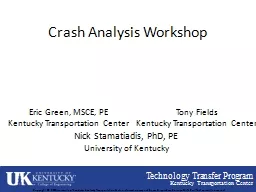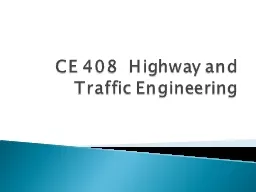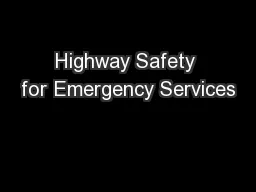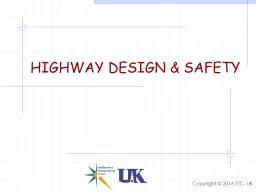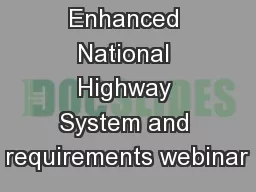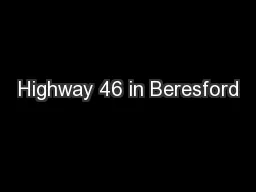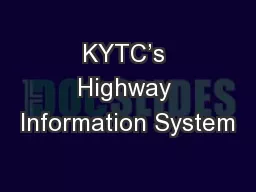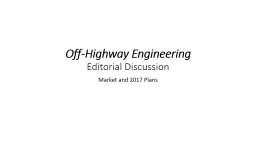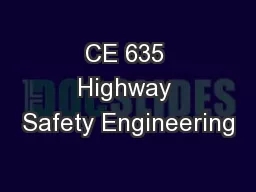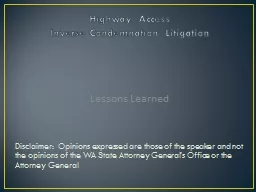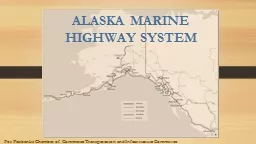PPT-Highway Safety Manual at the Project Level
Author : luanne-stotts | Published Date : 2020-01-14
Highway Safety Manual at the Project Level Partnering Conference 2016 Eric Green MSCE PE Kentucky Transportation Center Mike Vaughn Kentucky Transportation Cabinet
Presentation Embed Code
Download Presentation
Download Presentation The PPT/PDF document "Highway Safety Manual at the Project Lev..." is the property of its rightful owner. Permission is granted to download and print the materials on this website for personal, non-commercial use only, and to display it on your personal computer provided you do not modify the materials and that you retain all copyright notices contained in the materials. By downloading content from our website, you accept the terms of this agreement.
Highway Safety Manual at the Project Level: Transcript
Download Rules Of Document
"Highway Safety Manual at the Project Level"The content belongs to its owner. You may download and print it for personal use, without modification, and keep all copyright notices. By downloading, you agree to these terms.
Related Documents

